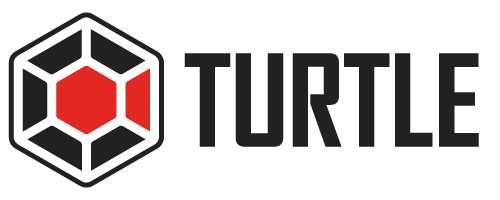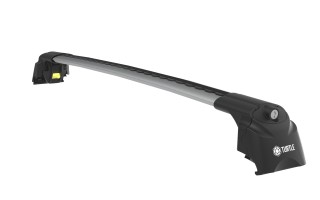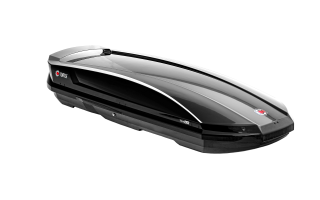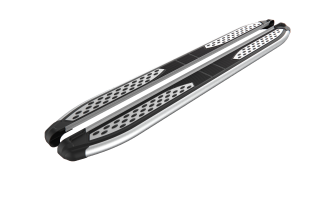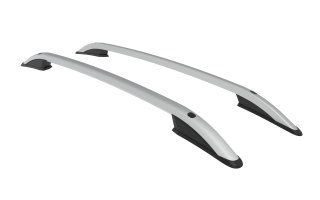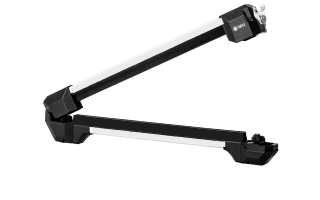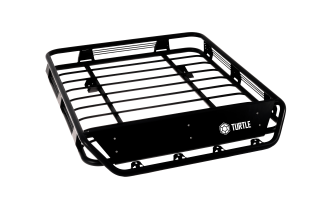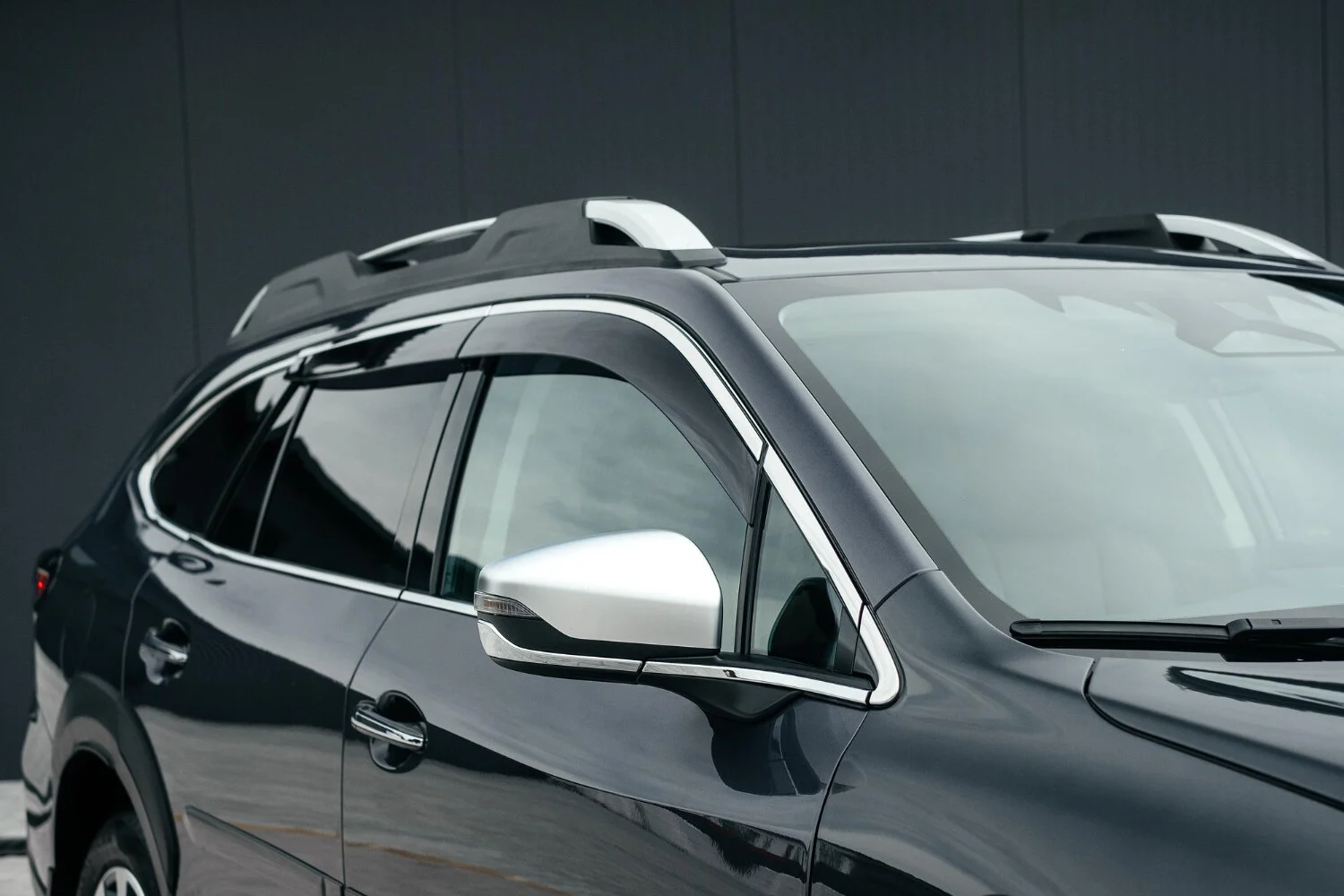Car roof rails are a frequently preferred accessory by vehicle owners, aiming to provide both an aesthetic appearance and increased load-carrying capacity. In this guide, we will go through the installation process of a car roof rail step by step. First, we will begin by introducing the types of roof rails, then detail the necessary materials for installation, the installation steps, and the important points to pay attention to.
1. Universal Roof Rail:
Universal roof rails are designed to fit many vehicle models. These rails, which generally have an adjustable structure, can be adapted to various vehicle sizes and shapes. Their advantages include wide compatibility, easy installation, and generally affordable prices. However, in some models, there may be mismatches in terms of perfect fit.
2. Vehicle-Specific Roof Rails:
These roof rails are specially manufactured for specific vehicle makes and models. Vehicle-specific roof rails fit perfectly with the vehicle’s structure and are very easy to install. Their disadvantage is that they are usually more expensive than universal models and only compatible with certain vehicles.
3. Permanent and Temporary Roof Rails:
Permanent roof rails are mounted permanently onto the vehicle’s roof, while temporary ones can be easily removed and transported. Permanent rails are more secure but may permanently change the appearance of the vehicle. Temporary rails, on the other hand, can be removed when not needed, allowing for a more aerodynamic structure when the vehicle is not carrying any load.
Choosing the Right Roof Rail
There are several important factors to consider when selecting the right roof rail:
- Make and Model of Your Vehicle:
Choosing a roof rail that fits your vehicle perfectly will make installation and use much easier. - Purpose of Use:
Determine how often and for what purpose you will use the roof rail. Will it be used solely for decorative purposes, or for carrying loads? - Material Quality:
Roof rails come in types made from aluminum, steel, or composite materials. Aluminum is lightweight and durable, steel is sturdier but heavier, while composite is lighter but generally less durable. - Type of Installation:
Decide whether the installation will be permanent or temporary. Permanent installation is ideal for long-term use but may require modifications to the original structure of the vehicle.
How to Install a Roof Rail?
- Preparation:
As the first step, thoroughly clean the vehicle’s roof. This prevents dust or dirt from getting trapped under the rails during installation. Then, determine where the rails will be mounted and mark the positions using a measuring tape.
- Preparing the Mounting Area:
Wipe the areas where the roof rails will be placed with a clean cloth and alcohol. This ensures that adhesives or bolts adhere more securely.
- Placing the Rails:
If you’ve chosen universal or vehicle-specific roof rails, follow the instructions provided with the kit to place the rails. Use the measuring tape to ensure they are straight and parallel.
- Tightening Screws and Fasteners:
Carefully tighten the screws to secure the rails in place. Avoid using excessive force, as this could damage the vehicle’s roof.
- Post-Installation Checks:
Check whether the roof rails are securely fastened. Retighten any loose screws and ensure the rails are properly aligned. Finally, take a short test drive to confirm that the rails have been mounted correctly.
How to Remove a Car Roof Rail?
1. Reasons for Removal:
There may be several reasons for removing a roof rail. These include damage to the rail, selling the vehicle, or replacing the rail with a new one.
2. Required Materials:
To remove a roof rail, you typically need a screwdriver, hex key, and a hammer. Additionally, a soft cloth and surface cleaner can be used to clean the roof afterward.
3. Removal Process:
First, carefully unscrew the screws at the connection points. After removing the rails, check to ensure that the mounting points are not damaged. Clean the roof surface after removal and apply polish if necessary.
4. Post-Removal Cleaning and Maintenance:
Clean the areas where the rails were attached and, if needed, polish the roof surface for protection. Also, store the removed roof rail properly and be careful not to lose the mounting components.
5. Points to Consider:
During removal, make sure the connection points are not damaged. Ensure the screws are properly loosened before removal. Also, be cautious not to scratch the roof surface and protect the rails from moisture when storing them.
Removing and Reinstalling the Roof Rail
Removing and reinstalling a roof rail generally involves similar steps. To minimize potential issues during this process, it is recommended to be careful during installation and to use the original mounting components. During reinstallation, pay special attention to alignment and ensure all screws are fully tightened.
With this guide, you can safely and correctly install and remove your car roof rail, adding value to your vehicle.

